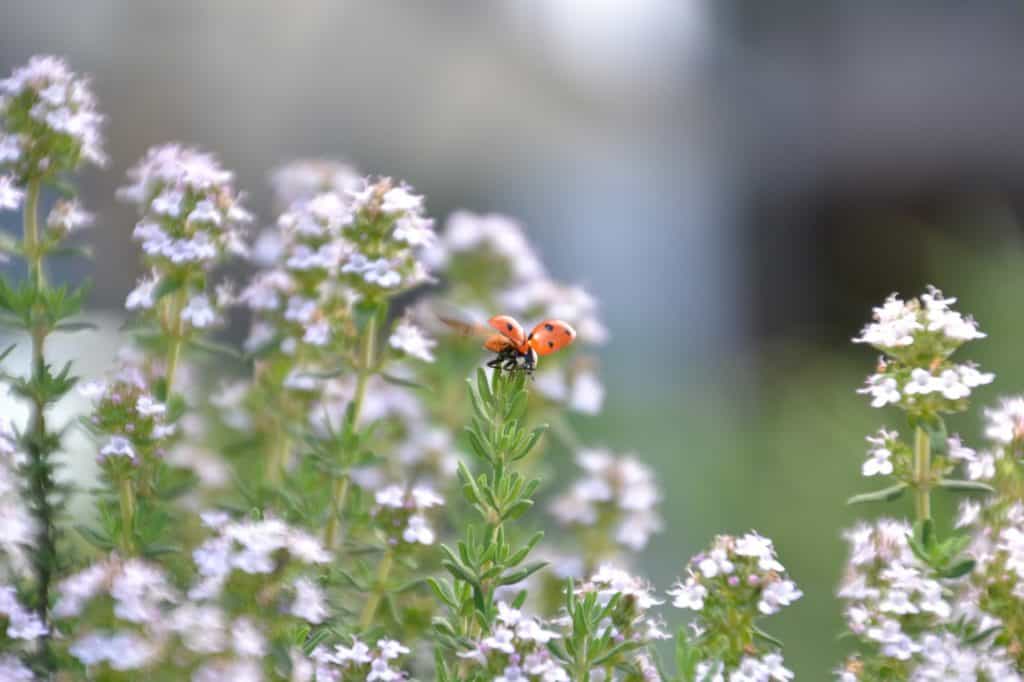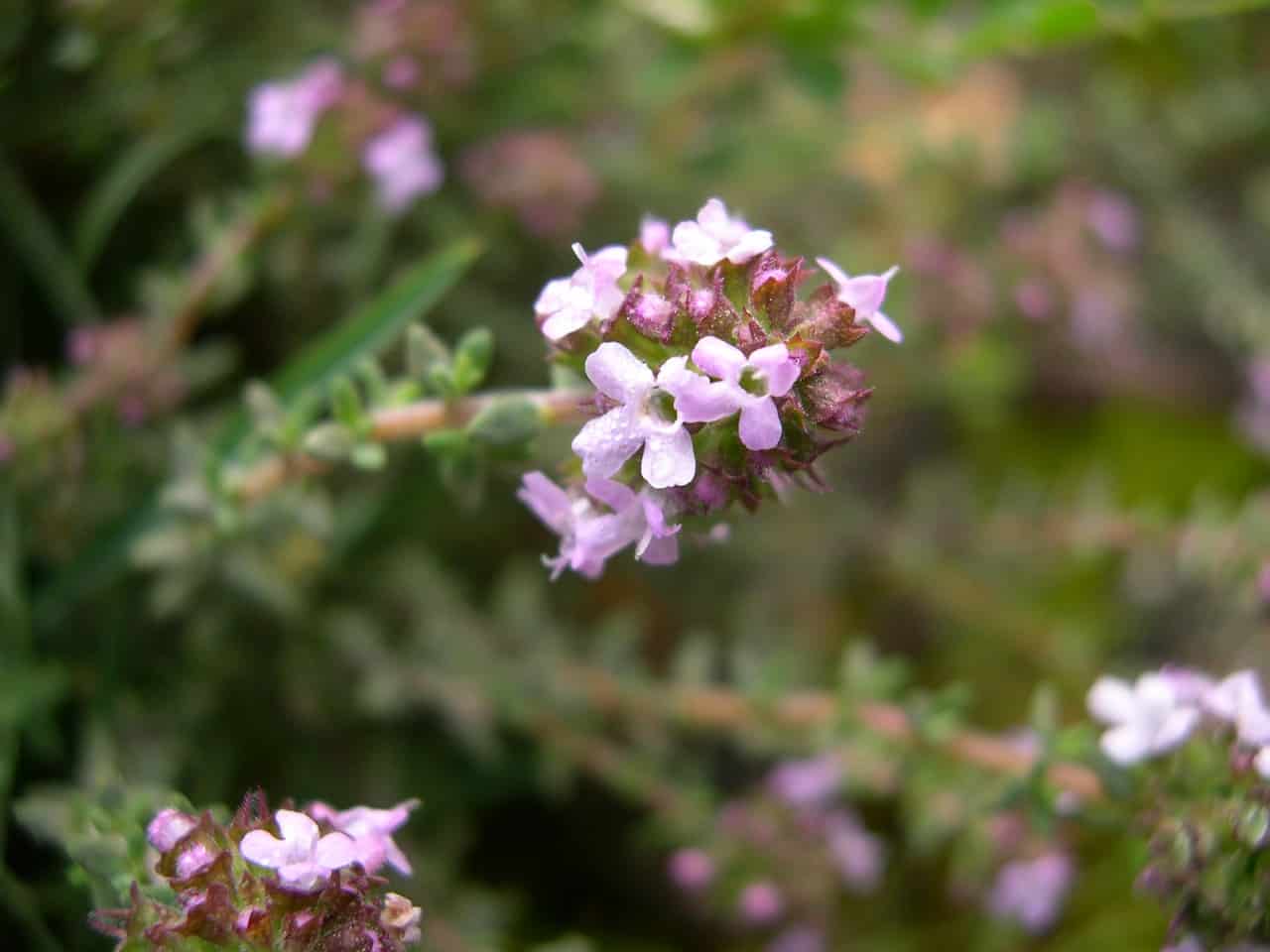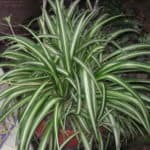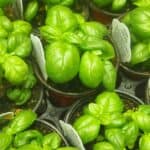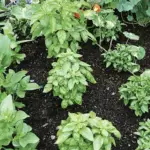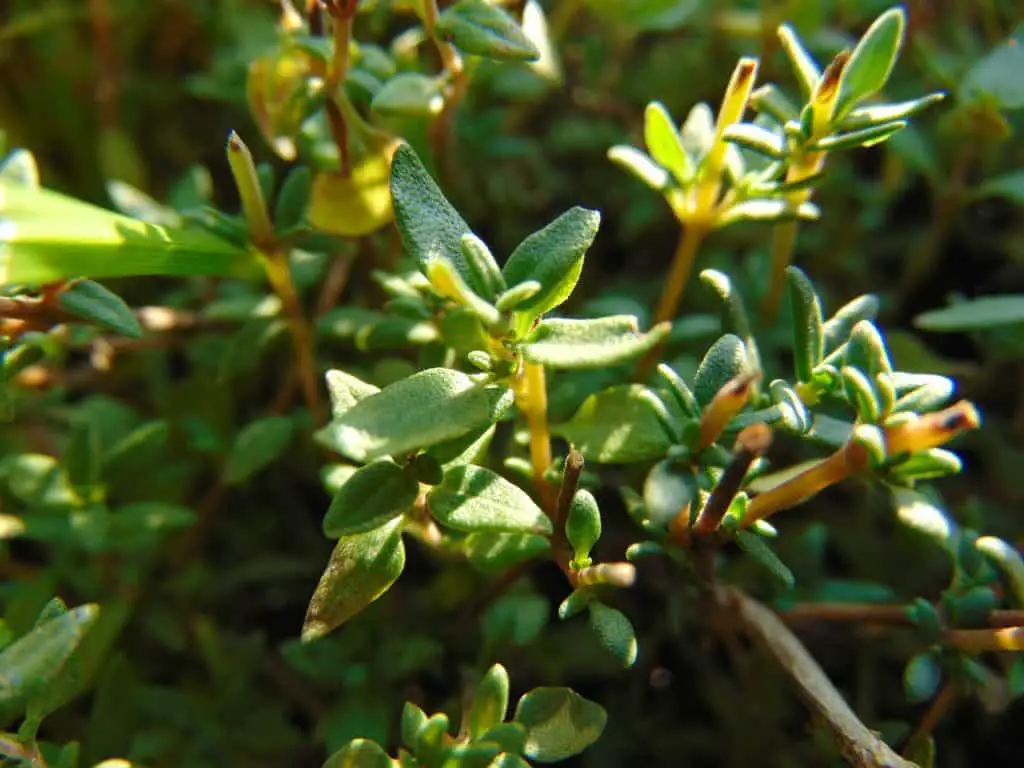
How To Grow Thyme Both Indoors And Outdoors
Welcome to this post about growing thyme both indoors and outdoors. Thyme is a fantastic herb to grow at home and is also one of the most rewarding ones too. I find myself almost everyday wanting to cut off some thyme sprigs and use them for culinary endeavors.
.
In this post you will learn about growing thyme both indoors and outdoors, but if you want a more comprehensive guide to thyme, then check out our guide How To Plant, Grow And Care For Your Thyme.
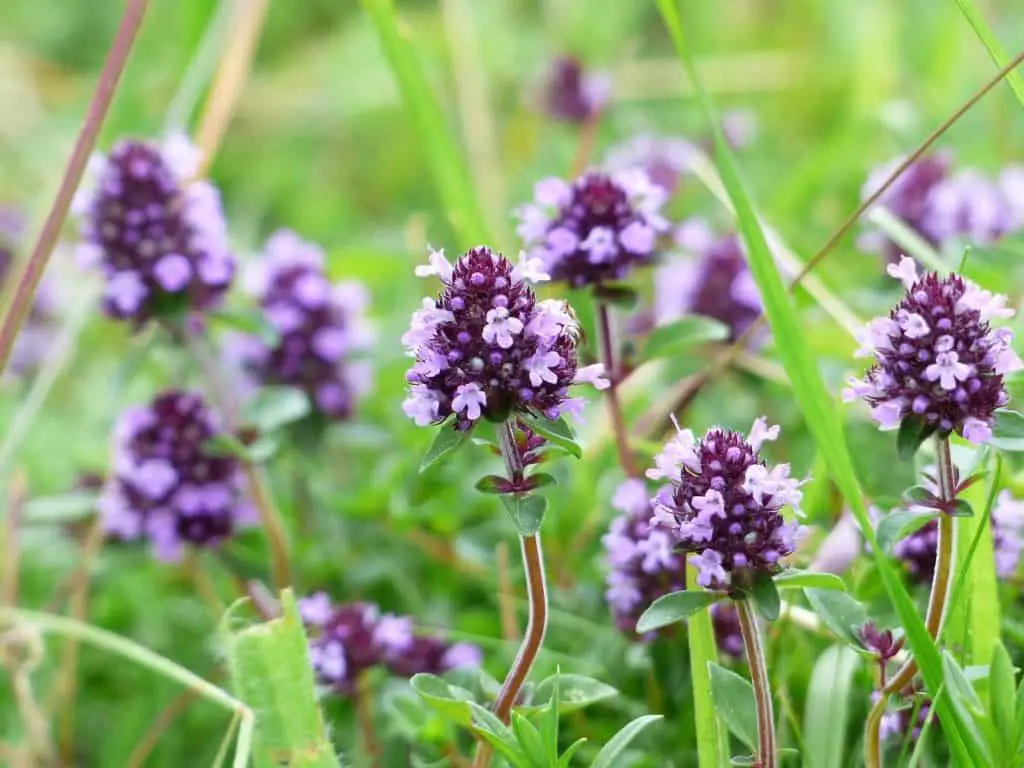
How To Grow Thyme Indoors
Growing thyme indoors is really not as hard as you might think. In the beginning of planting the first seed this is probably the best way to grow thyme actually. There are of course some good guidelines to follow to really maximize the amount you get out.
.
I am gonna pretend like we are growing from seeds. Then you really want to have a soil that has good drainage. This means that the water that you pour over won’t stay still in the soil. It will drain out and not suffocate the plant and make the roots rot. This can simply be achieved by having small holes under whatever you are growing in.
.
- Put in the seeds and then let the magic happen. I usually water a little bit before and then just leave them in a sunny window inside.
- Here they will start to germinate and after about 10 – 20 days small outshoots will start being produced. Within a month you should see the first signs of life above the surface of the soil.
- Let it dry out a bit before thinking about watering more. Too much water will stress the plant and you won’t have a happy thyme.
.
Now we are in the waiting part of growing thyme. This is when the plant should just let it grow and start producing shoots. I want the plant to develop hardened bark in the lowest part of the plant. This indicates for me that it’s healthy and will withstand times when it might need water or sunlight.
.
After a few months you should be able to take your first small sprigs of thyme and propagate even more if you want too. If you want to learn more about growing thyme from cutting then learn about it here.
.
Curious about when the best time of the year is to plant thyme? Then we have here on GardensOfMine pt together just the guide for you, covering all the common questions. Find the article here, How To Grow Thyme In.
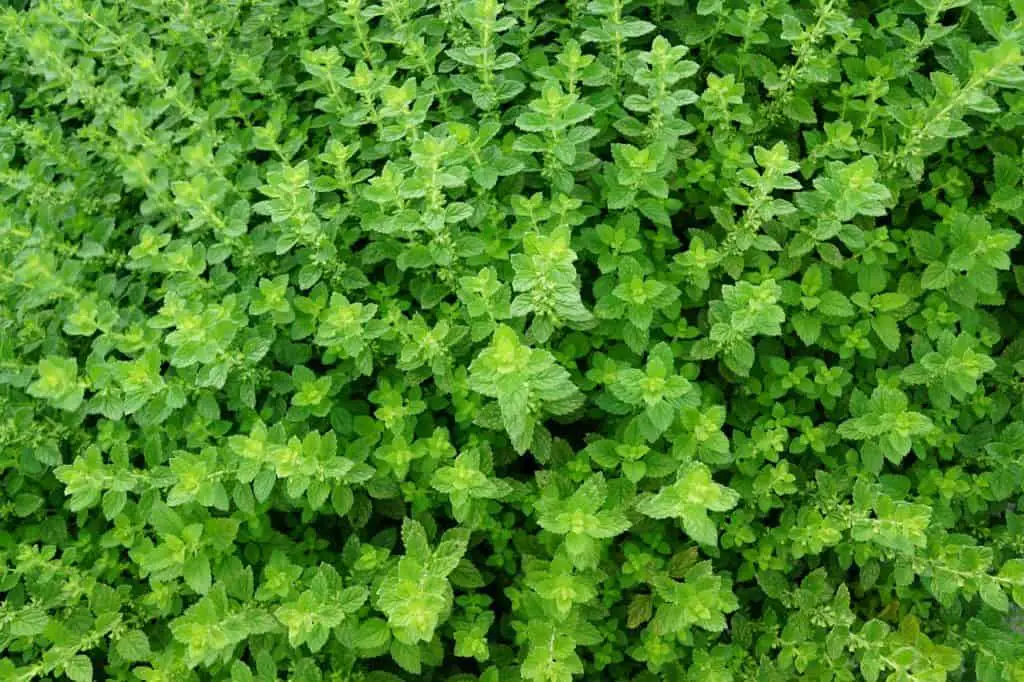
How To Grow Thyme In A Pot Inside
Growing thyme in a pot inside is for me atleast the easiest and the best way to grow thyme. When I choose a pot to grow thyme in then I want one with some small holes in the bottom. This will make it drain out the excess water that isn’t needed. Thyme is a plant that lives best in a pretty dry environment where it can concentrate the flavors more.
.
If I am growing thyme in a pot inside then I will from the beginning grow the seeds in the pot and not in a small plastic container on the side and re pot it. I find this to be the easiest and most convenient way. I fill the pot with a relatively nutritious soil, I don’t spend a lot of effort on keeping it very nutritious . Too much of it and it will have a detrimental effect on the plant. After that though, I water the surface of the soil and then sprinkle a few thyme seeds on top. Lightly pad down the seeds and then wait.
.
After about a month you will see clear signs of life and you can water the plant about every other week or so. Depending of course about how fast the soil dries out. I go by the rule that if the topsoil feels very dry to the touch then I water. Now just let the thyme plant grow and let it be. Eventually you will have a lively plant that will provide plenty of harvests.
.
If you are having troubles with your thyme not growing back after you cut it then we have an article giving some tips on this topic. Find it here, How Do You Trim Thyme So It Keeps Growing.
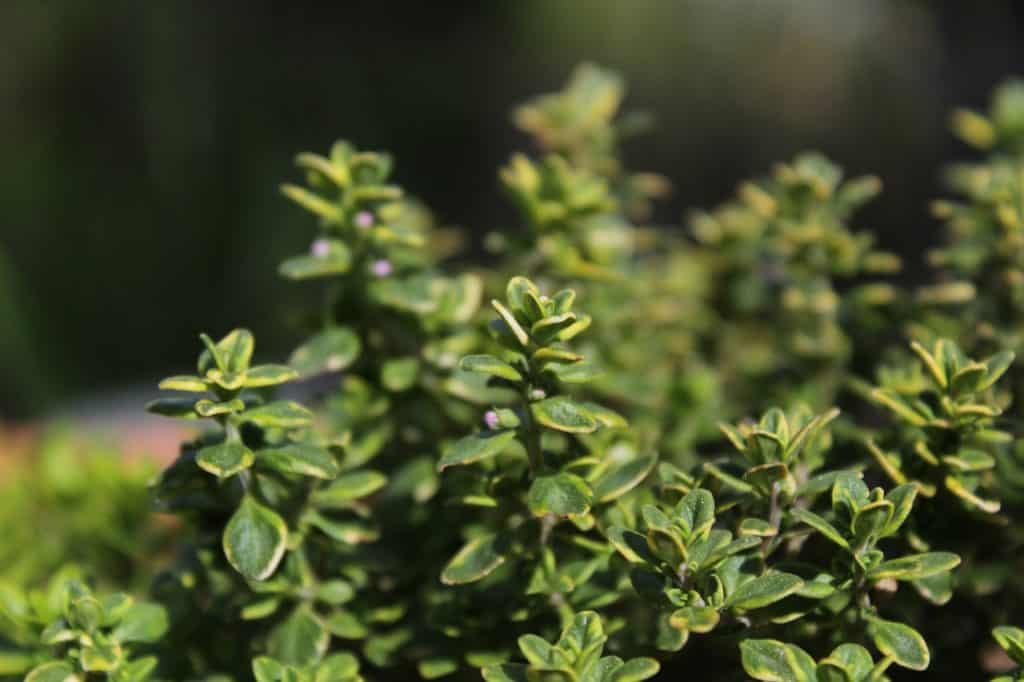
How To Grow Thyme Outdoors
Growing thyme outdoors is a little bit different from growing indoors. There’s a few different things I do to get the best out of my plant. Firstly I am looking at what conditions I have to grow in, will it be warm or cold. Depending on that I will choose to either grow the thyme seeds on freeland or grow it inside first.
.
If the weather has been very warm and it seems to hold up, then I grow my thyme seeds on freeland immediately. I usually do this around April to May then. If the weather is colder then I like to plant the thyme indoors first. I get these small plastic containers and plant one seed in each one. Doing it this way will let me choose the best thyme plant to then re pot into my selected place in the garden.
.
After I have either re potted or my free sown thyme seeds have started taking shape then I will lean back on watering the plants. Too much of this will not grow very well. Thyme likes a dry and not very nutritious soil to really thrive. Now we will just have to wait for the plant to start growing out and getting to the point where we will be comfortable taking the first trimmings.
.
When I decide this point is when the lower part of the plant is starting to develop bark and harden. This proves to me that it will survive if I cut off let’s say 30 % or so of the plant.
.
Are you having troubles with keeping the thyme plant alive indoors. In this article we tackle this presice topic. You can find it here, How Do You Keep Thyme Alive Indoors.
